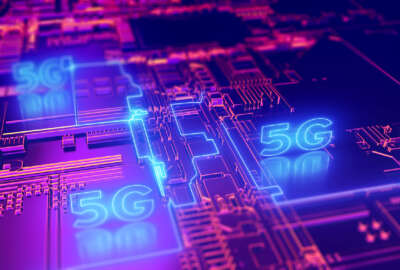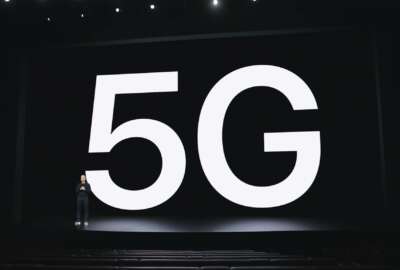Military installations will soon get private wireless networks
The National Defense Authorization Act requires the Defense Department to deploy commercial 5G networks to military installations and other DoD facilities.
Editor’s note: This story has been updated to reflect President Joe Biden signing the NDAA into law.
President Joe Biden on Friday signed the National Defense Authorization Act, or NDAA, into law, authorizing $886 billion in annual military spending. The legislation, nearly 3,100 pages long, calls for the Defense Department to install private wireless networks on military bases.
The bill requires the secretary of Defense to develop and implement a strategy to deploy private wireless networks to military installations and other facilities at the DoD.
The private wireless networks are to be based on 5G information and communications capabilities and Open Radio Access Network (O-RAN) architecture. They should also be able to meet military bases’ security and performance requirements and be specific to their respective missions.
The legislation requires the secretary of Defense to ensure the infrastructure is in place to support modular upgrades to future-generation technologies and streamline the process of wireless service providers accessing military bases and facilities.
“The secretary shall establish a department-wide process under which a public wireless network service provider of fifth-generation information and communications capabilities may gain access to a military installation or other facility of the department to provide commercial subscriber services to military and civilian personnel of the department (including contractor personnel) located at, and organizational elements of the department maintained at, such installation or facility,” the bill stated.
The secretary can also work with allies and partners to improve the implementation of the strategy. The Defense secretary has 120 days to develop the strategy, and lawmakers want to be briefed by the secretary within 150 days of enacting the act.
The Pentagon recently moved its 5G-related activities from the undersecretary of Defense (USD) for Research and Engineering’s Future G and 5G office to the DoD chief information officer.
DoD CIO John Sherman said his office wants to expand the department’s existing 5G programs and possibly add more 5G installations, including an open radio access network. This shift marks a growing need for a wider implementation of wireless technology across the department.
“5G is one of those really critical enablers where if the department is not able to really adopt it at scale, it’s going to be really difficult for it to realize its ambitions towards this more disaggregated and distributed force structure that it’s aiming towards, that’s heavily augmented by autonomous systems,” Whitney McNamara, a Forward Defense nonresident senior fellow at the Atlantic Council, said at a recent event the think tank hosted in Washington.
In the legislation, lawmakers also seek to advance the Pentagon’s Combined Joint All-Domain Command and Control (JADC2) efforts, and 5G is crucial to accomplishing that goal.
The bill allocates $179 million for DoD research into “Next Generation Information Communications Technology (5G).”
Since 2020, the DoD invested around $600 million in 5G development at nine test sites around the country. Two of the military test sites, Marine Corps Logistics Base Albany in Georgia and Naval Base San Diego in California, have been building out 5G-enabled smart warehouses.
Copyright © 2024 Federal News Network. All rights reserved. This website is not intended for users located within the European Economic Area.







